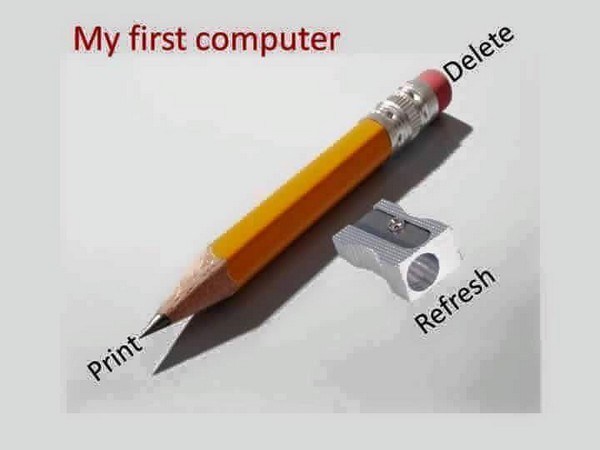Technology
 I guess one can say my fascination with technology began with my toys as a child. My parents were frustrated giving me toys and I would take them (rather tear them up) a part to see how they ticked. As a teenage, I developed interest in electronics constructing a simple tone generating circuit that I made into a monophonic musical keyboard. This was in the era before the small computer.
I guess one can say my fascination with technology began with my toys as a child. My parents were frustrated giving me toys and I would take them (rather tear them up) a part to see how they ticked. As a teenage, I developed interest in electronics constructing a simple tone generating circuit that I made into a monophonic musical keyboard. This was in the era before the small computer.
I enjoy the benefits that technology brings to our lives. More so, I enjoy understanding much of the design and how it is utilized as well as its limits. Here are some of the areas of technology that I have worked with both at home and in the enterprise space. I hope that you may find a bit of knowledge from my own experience in these articles.
Per Wikipedia, “Open Systems are computer systems that provide some combination of interoperability, portability, and open software standards. (It can also refer to specific installations that are configured to allow unrestricted access by people and/or other computers; this article does not discuss that meaning).” On these pages, these are articles that relate to Open Systems and Data Storage, particularly encompassing UNIX and Linux.
I developed a passion for software development in college. Transitioning from being an application developer into an OS administrator, I particularly enjoyed using simple programming tools to perform repetitive functions or easily simplify what would alternatively be a series of complex operations into something that can be reduced into something simple. This section contains articles over some of the scripting/interpreted languages I have used.
Call me simple. One of my underlying philosophies in technology is to use the K.I.S.S. (keep it simple stupid) principle. I have found from practical experience that managing the data itself is a unique area for administration when compared to managing the application/service accessing the data. The best way I have found for managing data is to store it on dedicated servers that only perform data services across the network.
In our modern world, one cannot escape the use of web based resources. Our computing resources have steadily been migrating into the cloud space, accessed through an application that is delivered by the web browser. I have lived through the initial version of HTML and the pains it took to create a compatible web site that was compatible between the major browsers to only wind up with a web site that was crude at best. In today’s world, standing up a web server can be done by following a recipe off the ‘net. Creating your own website can be done in a variety of ways: ground up construction, CMS (Content Management Service) tools that utilize a backend database and theme template to dynamically deliver content and now tools that can create static content. This section contains articles over my experiences in working with web-based technologies.
ServiceNow is an American software company based in Santa Clara, California that develops a cloud computing platform to help companies manage digital workflows for enterprise operations, and was also recognized for innovation. Starting out as Glidesoft, the founders created a developer’s workbench to create, maintain and integrate a cloud/web based software to handle both IT and enterprise workflows. Their innovation was not understood in the marketplace. After lacking success selling this developer’s workbench, they decided to use it to produce and application. They created an integrated ITIL (Information Technology Infrastructure Library) service management (ITSM) application to demonstrate their workbench capabilities. The market was hungry for software to handle IT related workflows. It took off and since then they have since branched to other workflows including HR, Legal and IT asset management (ITAM) workflows. This workbench is exellent to create task based workflows by developing code snippets within their framework, all of which is stored as “configuration” style data in a database, including the database definition.
Last modified February 25, 2021:
version 2.0 (70b449f)
